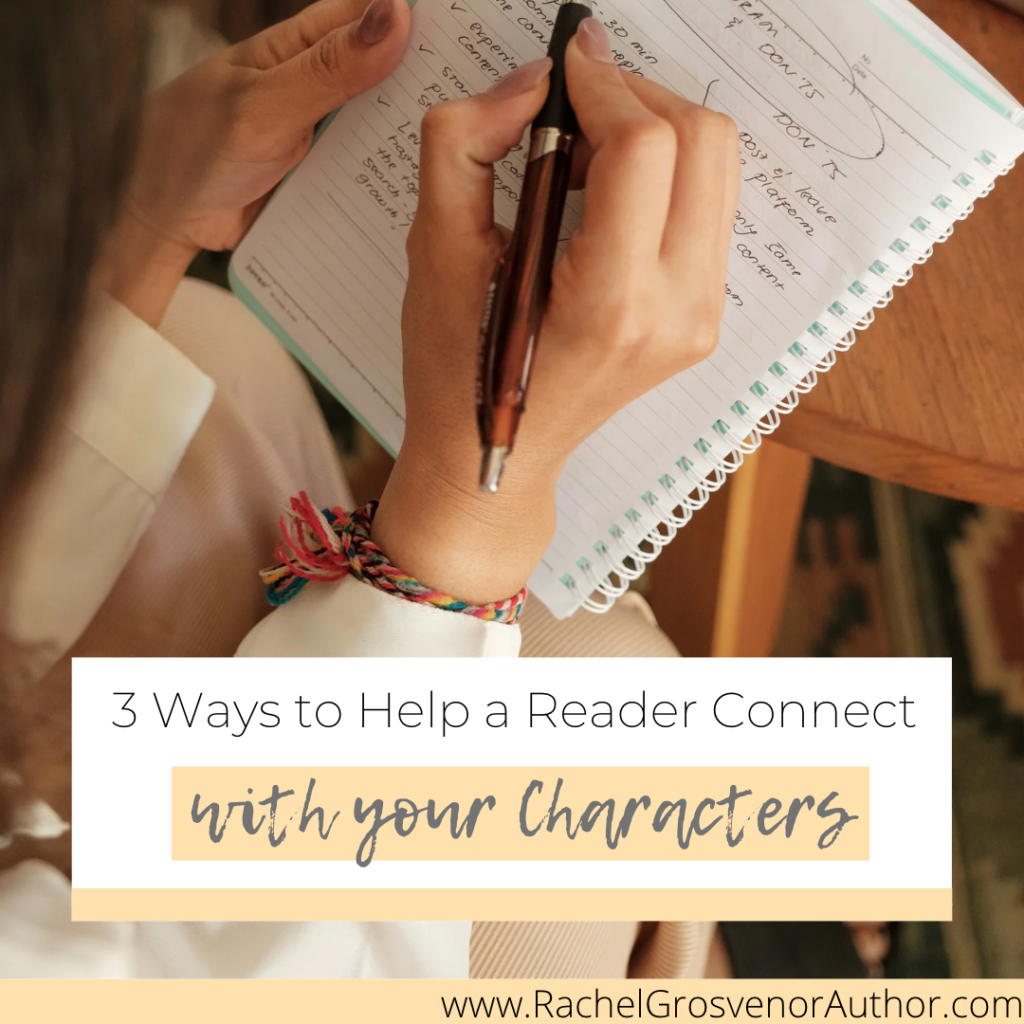Crafting believable characters is a key element of successful fiction writing. To create vibrant and engaging stories, authors must develop their protagonists and antagonists in ways that draw readers into the narrative with carefully crafted dialogue, motivations, backgrounds, goals – all these elements allow us to relate to the character’s journey on an emotional level. By infusing their protagonists and antagonists with individual characteristics, writers provide immersive narratives in which readers can identify themselves within the character’s journey. This helps to create a lasting impact, which can define the success of a book.
When character development is done right, it can be compelling. By successfully creating characters that readers can relate to and empathise with, writers will be rewarded with an engaged audience. Although characterisation is often subject to individual interpretations, there are some general tips authors should keep in mind when crafting their own unique protagonists and antagonists.
Firstly, ensure your character’s dialogue reflects their character traits – if they’re supposed to be shy or outspoken, this must come across in their dialogue. Remember that people change as they grow, so your character’s dialogue should change alongside their character arc and experiences. Think of Scrooge from A Christmas Carol and how his language changes as we move through the story. He goes from being a character who speaks in short, angry, monosyllabic bursts of dialogue to being lyrical, ‘as merry as a schoolboy’, when he sees that life’s riches are beyond his wallet.
Secondly, ensure you have provided enough detail about the character’s background and motivations for readers to connect emotionally with them – without these details, characterisation can fall flat. How can you help your reader connect with your character? What motivates them to move forward through the story? It might be love, grief, ambition, or pride. All of these are universal feelings that your reader will be familiar with, so dig deep, and don’t be afraid to ‘write what you know’ (not sure what I mean by this? Don’t worry – I don’t mean write about your life! Check out this blog post here).
Finally, consider how your character develops over the course of the story – do they change for better or worse? How does this affect their character arc? Show the reader your character’s journey and how they have developed along the way.
If you are looking to craft engaging and captivating stories, begin by considering your protagonists’ and antagonists’ motivations and goals, and how your readers will be able to identify themselves within the character’s journey.
Would you like to talk about your characters? Get in touch here.
Want to read something similar? Check out the following:
How to Create a Realistic Character
How to Use Maslow’s Hierarchy of Needs for Your Character Development











